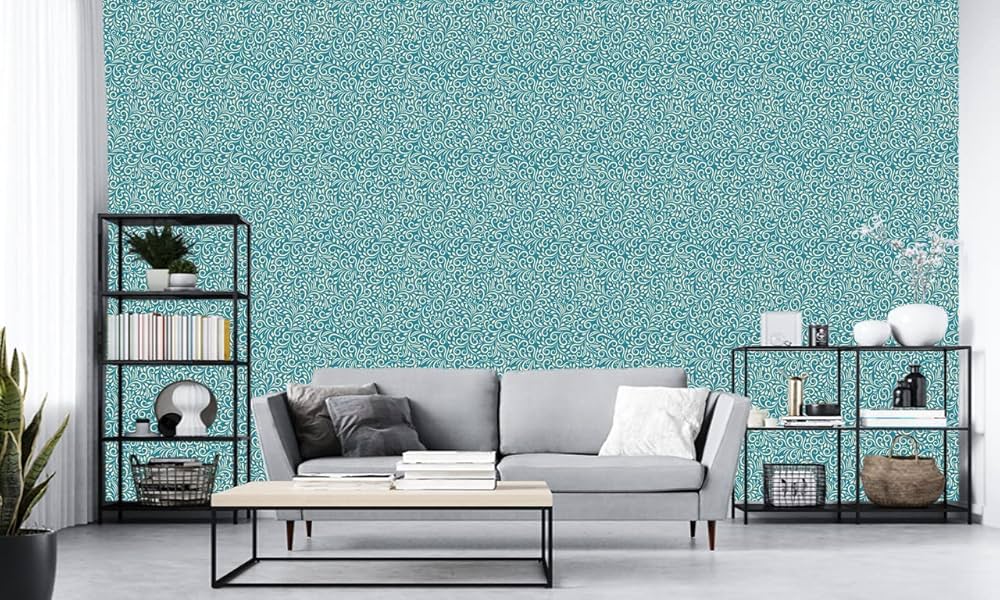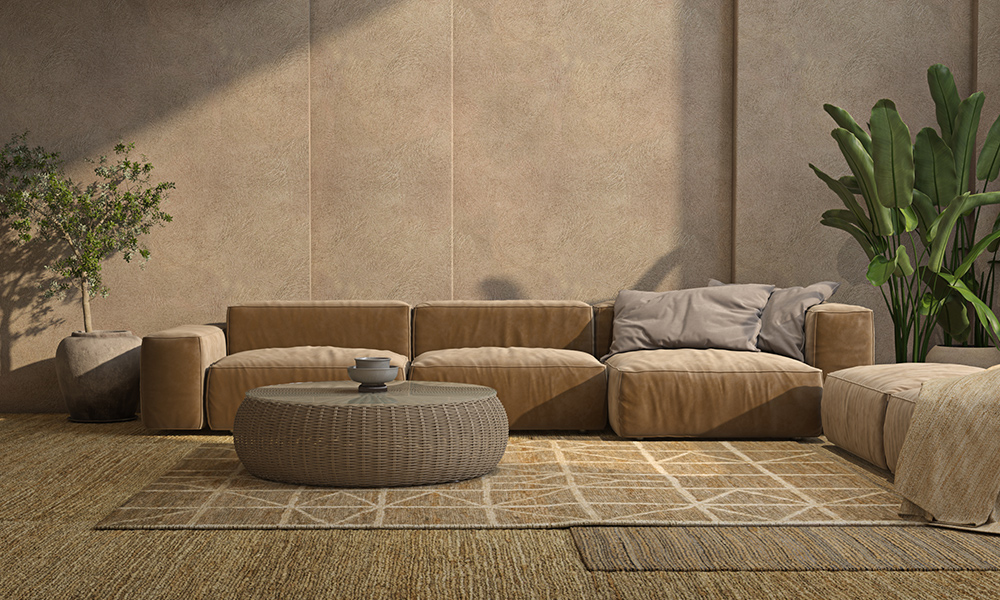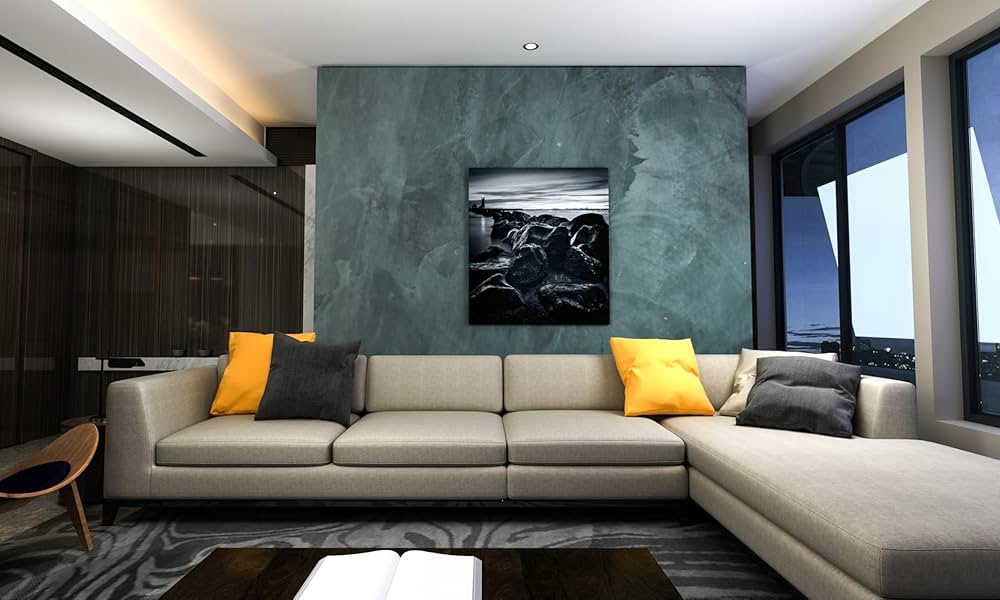Minimalist interiors thrive on simplicity. They celebrate clean lines, functional design, and a pared-down aesthetic. While minimalism favors “less is more,” it doesn’t mean rooms should be devoid of warmth or personality. Incorporating textures is the secret to adding dimension and interest to minimalist spaces without interfering with their elegant simplicity.
Surprisingly, certain textures can completely elevate your interior’s minimalist vibe while keeping it cohesive and inviting. Here are five unexpected textures to explore and tips on how to use them seamlessly.
-
Concrete for a Modern Industrial Edge
Concrete might not scream “homey,” but its raw, natural appeal perfectly complements minimalist interiors. From polished floors to concrete accent furniture, this texture brings sophistication and depth while maintaining simplicity. Its matte look pairs beautifully with minimalist designs by adding an industrial edge without being overbearing.
How to Use It:
Install polished concrete flooring for a seamless, modern foundation.
Add concrete planters or countertops in the kitchen for subtle texture.
Look for concrete-inspired wallpapers or wall panels to mimic the texture where installation isn’t feasible.
Quick Tip: Balance the roughness of concrete with softer textures like a cozy area rug or linen curtains for contrast without clutter.
-
Velvet for a Touch of Luxe
Velvet is often associated with maximalism thanks to its rich, luxurious finish. However, when used selectively, it can add depth to minimalist interiors while keeping that clean, sophisticated aesthetic intact. Velvet’s soft sheen and smooth texture provide an elegant contrast to minimalist forms, elevating the entire space.
How to Use It:
Incorporate velvet throw pillows in neutral tones like taupe, charcoal, or beige.
Opt for a velvet accent chair to make a simple yet striking statement.
Use velvet curtains as a refined way to frame windows while adding warmth.
Quick Tip: Stick to subdued, earthy colors or monochromatic schemes for velvet to prevent the look from becoming overly dramatic.
-
Woven Materials for Organic Warmth
Natural woven materials like rattan, cane, and jute can bring a grounded, earthy vibe to minimalist interiors. These textures are perfect for breaking the monotony of smooth surfaces while maintaining the subtlety that minimalism demands.
How to Use It:
Add a woven jute rug to create a cozy foundation.
Incorporate cane-back dining chairs or rattan pendant lights for natural texture.
Use wicker baskets for storage to mix functionality with style.
Quick Tip: Avoid overloading your space with too many woven elements. A few key pieces will add the perfect balance and keep the room uncluttered.

-
Frosted Glass for a Subtle Glow
Glass is often used in minimalism for its clean, transparent qualities, but frosted glass takes it up a notch. Its soft diffused look adds tactile interest to spaces while enhancing light and creating privacy.
How to Use It:
Use frosted glass for partition walls or sliding doors to keep areas open yet private.
Incorporate frosted-glass light fixtures or tabletops to add elegance without shine.
Opt for frosted-glass cabinet doors as a modern touch in kitchens or bathrooms.
Quick Tip: Pair frosted glass with polished metals or concrete to create contrast while staying minimalist.
-
Leather for Timeless Elegance
Leather is bold but timeless, making it a surprisingly strong choice for minimalist interiors. Its smooth surface complements minimalism’s clean lines, while its subtle seams and texture add just enough intrigue to the space.
How to Use It:
Choose a sleek leather sofa in a neutral tone as the centerpiece of your living room.
Add stitched leather accents, like poufs or coasters, for smaller textured pops.
Use leather drawer pulls or handles to bring understated luxury to furniture.
Quick Tip: Focus on high-quality, natural finishes and patinas to keep leather looking authentic and effortless in a minimalist home.
Final Thoughts
Textures are the unsung heroes of minimalist interiors, adding depth and warmth without compromising simplicity. Whether you lean toward the industrial charm of concrete, the organic feel of woven materials, or the elegance of velvet and leather, there’s a way to incorporate these textures while preserving your minimalist aesthetic.
The key is restraint. By using these textures sparingly and intentionally, you’ll create a serene and stylish space that feels anything but boring. Start with one or two of these elements and watch your minimalist interiors come to life!




